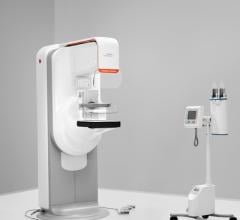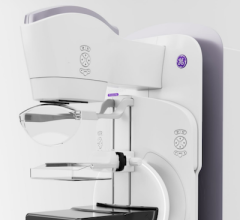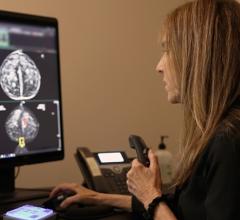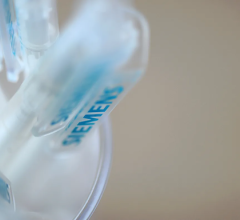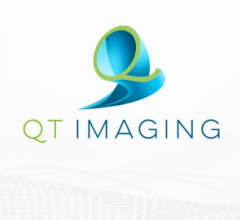
December 20 — As breast density becomes a more recognized risk factor for breast cancer, Royal Philips announced 510(k) clearance from the U.S. Food and Drug Administration (FDA) for the Spectral Breast Density Measurement Application for its MicroDose SI full-field digital mammography (FFDM) system. The application is the first Spectral Breast Density Measurement tool, meaning adipose and glandular tissue can be differentiated to accurately measure volumetric breast density.
Although nearly 50 percent of women have dense breast tissue, a known risk factor for breast cancer, until now, the most frequently used methodology to determine breast density is a visual analysis of an image of the breast. This methodology is highly subjective, meaning several radiologists may allocate a different breast density score for the same image. Rather than estimating density, the Spectral Breast Density Measurement, obtained during a standard, low-dose MicroDose SI mammogram, allows breast density to be objectively measured.
"We strive to make early detection and personalized care a reality for women by helping clinicians refine their risk assessment," said Phil Meyer, Philips general manager and vice president, DXR and Women's Health, North America. "The Spectral Breast Density Measurement Application provides physicians with an objective density measurement, making it easier for them to assess women's breast density and to decide on an appropriate screening program for their profile."
The Spectral Breast Density Measurement Application works by measuring independently the glandularity and thickness in each pixel of the image to objectively calculate the total volume and volumetric percentage of glandular tissue in the breast. Once the calculations are completed the examination is automatically assigned a MicroDose density score that correlates to the Breast Imaging-Reporting and Data System (BI-RADS), the manual method for determining breast density. The measurement is displayed on the review workstation together in the DICOM tag of the acquired image and exported for display in a DICOM Structured Report.
This first application of non-contrast spectral imaging is made possible by the photon counting technology which sorts photons into low- or high-energy categories, eliminating the need for two exposures. This enables the use of spectral imaging within the routine mammogram and opens up for other future applications that Philips is working on in close collaboration with clinical partners.
At the recent annual meeting of the Radiological Society of North America (RSNA) in Chicago, Sabee Molloi, M.D., professor of radiological sciences, University of California-Irvine School of Medicine, presented data from a reader study including mammography images of 93 women. The results were that spectral mammography may offer quantification of volumetric breast density with excellent precision and could eliminate inter-reader variability in the breast density scoring.
Recent legislation passed in more than a dozen states has made it mandatory for clinicians to report breast density to their patients. The Spectral Breast Density Measurement Application will allow clinicians to comply with this legislation and deliver a more personalized examination to each woman.
For more information: www.philips.com


 December 04, 2025
December 04, 2025 
